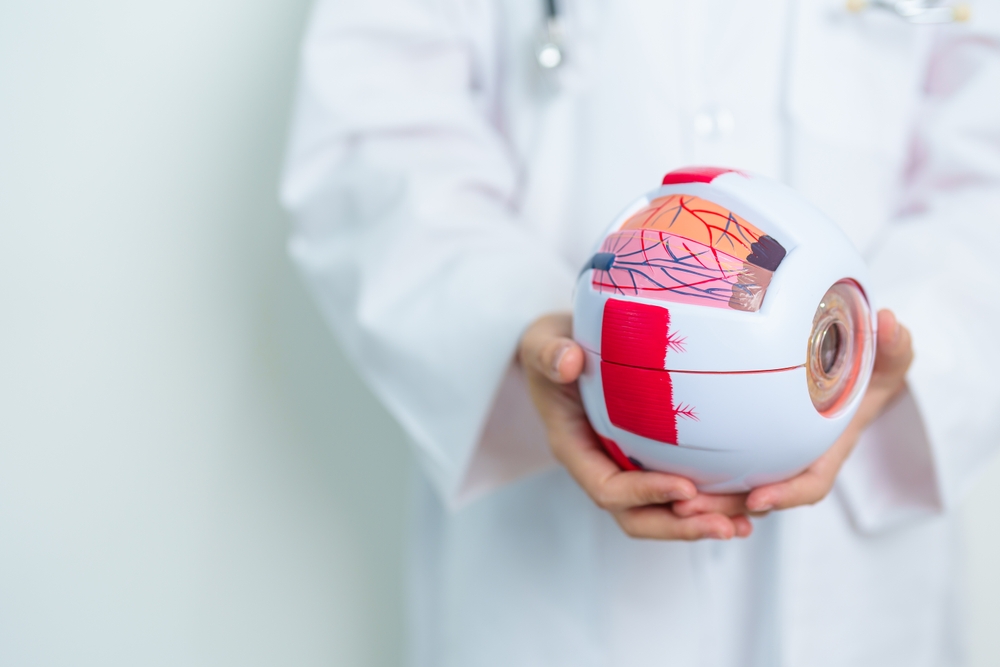
When people think of diabetes, they often picture insulin injections and dietary restrictions. But what many don't realize is that diabetes can also affect our vision. Diabetes-related vision loss is a serious complication that can occur if diabetes isn't well-managed over time. It's crucial to understand how diabetes impacts your vision and what steps you can take to protect your eyesight.
Diabetes and Its Impact on Vision
Diabetes is a chronic disease that affects the body's ability to regulate blood sugar levels. This inability results in consistently high blood sugar levels, which over time can damage various parts of the body, including the eyes. The primary way diabetes affects the eyes is through a condition called diabetic retinopathy.
Diabetic retinopathy occurs when high blood sugar levels damage the tiny blood vessels that nourish the retina. Over time, these blood vessels can leak fluid or bleed, leading to vision loss. Diabetic retinopathy typically develops gradually, meaning that early detection through regular eye exams can significantly reduce the risk of severe vision loss.
Symptoms of Diabetic-Related Vision Loss
Symptoms of diabetic-related vision loss can vary from person to person and may not be noticeable in the early stages of the disease. As the condition progresses, you may start to notice some changes in your vision. Common symptoms include blurry or double vision, difficulty reading, dark spots or floaters in your vision, and a loss of color perception.
Early Detection Through Regular Eye Exams
Early detection of diabetes-related vision loss is key to preventing permanent damage. Regular eye exams allow your eye doctor to spot signs of diabetic retinopathy before you even notice any symptoms. If detected early, treatments can slow or even stop the progression of the disease.
An eye exam for a person with diabetes involves more than just checking your vision. Your eye doctor will also dilate your eyes to examine the blood vessels in your retina for signs of damage. This isn't painful, but it does give your doctor a clear view of the back of your eye, enabling them to detect any early signs of diabetic retinopathy.
Different Types of Diabetes-Related Vision Loss
While diabetic retinopathy is the most common form of diabetes-related vision loss, it's not the only one. Other types include diabetic macular edema (DME), glaucoma, and cataracts.
DME is a condition that occurs when fluid accumulates in the macula, the part of the retina responsible for detailed vision. This can cause vision loss in the center of your visual field. Glaucoma is a group of eye conditions that damage the optic nerve, often due to high pressure in the eye. And cataracts, which are more common in people with diabetes, occur when the eye's lens becomes cloudy, leading to blurred or hazy vision.
Treatment Options for Diabetic-Related Vision Loss
The treatment for diabetes-related vision loss depends on the specific condition and how far it's progressed. For diabetic retinopathy, treatments include laser surgery to seal off leaking blood vessels and injections of medication into the eye to slow the growth of new blood vessels. DME is often treated with injections of medication into the eye to reduce swelling. Glaucoma treatments range from eye drops to surgery, while cataracts are usually treated with surgery to replace the cloudy lens with a clear artificial one.
The most important treatment for diabetes-related vision loss is good blood sugar control. Keeping your blood sugar levels in check can slow the progression of diabetic retinopathy and reduce your risk of other diabetes-related eye conditions.
Managing Your Vision Health with Diabetes
Living with diabetes doesn't have to mean losing your sight. By understanding the link between diabetes and vision, you can take steps to protect your eyesight. Remember, early detection through regular eye exams is crucial for preventing diabetic-related vision loss.
And if you're diagnosed with a diabetes-related eye condition, there are treatment options available to manage your condition and maintain your vision.
To learn more on diabetes-related vision loss, visit Gulf Coast Vision at our office in Gulfport, Mississippi. We provide quality medical eye care services for the entire family. Call (228) 262-0266 to schedule an appointment today.








